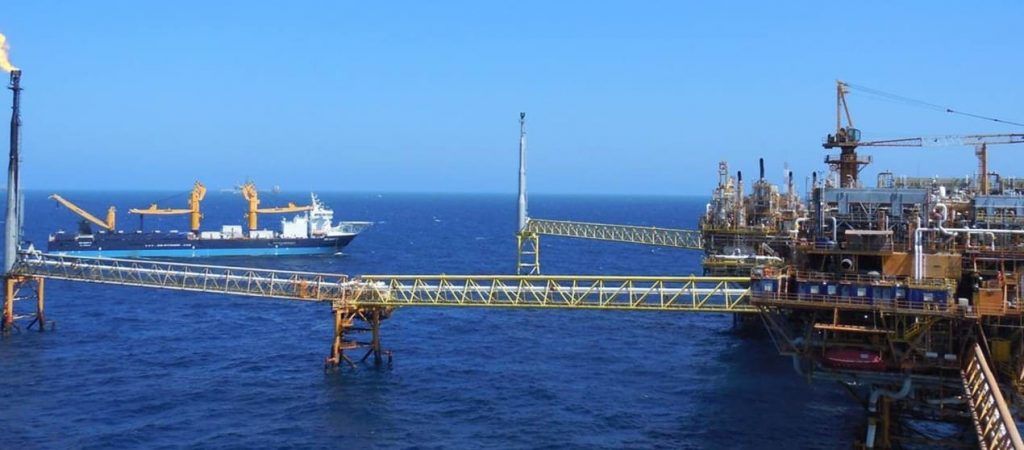The Ministry of Energy (Sener) of Mexico set the goal of achieving and maintaining sustainable energy self-sufficiency to meet the energy demand of the population with national production, as part of the Energy Sector Program 2020-2024.
The Program was published this Wednesday in the Official Gazette of the Federation (DOF).
In 2019, Mexico managed to stabilize the historical decline in national production of crude oil and natural gas, which started from 2004 for crude oil and 2009 for natural gas, since for the period January-December 2019, this variable already showed a turning point, presenting a positive trend of 5.7 and 9.0%, respectively.
In 2019, derived from the start of the rehabilitation works of the six refineries, the number of scheduled non-stoppages decreased compared to 2018 by 67%, from 48 stoppages to only 16.
In addition, according to Sener, regarding the production of petrochemicals, this has been reduced steadily since 2010, in 2018 production levels were 69% below those registered in 1995, the year of maximum production, with 19,271 thousands of tons.
Sener and other variables
The Sistrangas is made up of the National Gas Pipeline System, the Tamaulipas Gas Pipeline, the Zacatecas Gas Pipeline, the Bajío Gas Pipeline, Ramones I, Ramones II and Ramones Sur.
The national natural gas transport network has 17,210 km of which the National Center for Natural Gas Control (Cenagas) has 10,336 km and 6,874 km are private non-interconnected to Sistrangas, in October 2019 1,679 km were under construction, 86 % of infrastructure is located in the north of the country and 14% in the south.
According to Sener, the Sistrangas infrastructure has been insufficient to supply natural gas to the southeast of the country, due to the fact that the supply depends on the production of Pemex, which has declined in the last 10 years as a consequence of the decrease in investment in gas fields and the increase in the gas requirement for pneumatic pumping for Pemex oil fields.

The production of petrochemicals, added Sener, fell steadily, in 2018 production levels were 69% below those recorded in 1995, the year of maximum production with 19,271,000 tons.
The Pemex Business Plan 2019-2023 considers the rehabilitation of the fertilizer infrastructure (Cosoleacaque Petrochemical Complex), a plan to increase the operational reliability of the Cangrejera and Morelos Petrochemical Complexes, as well as projects to increase the availability and diversification of sources of raw material for the production of ethylene and its derivatives and the aromatic chain.

